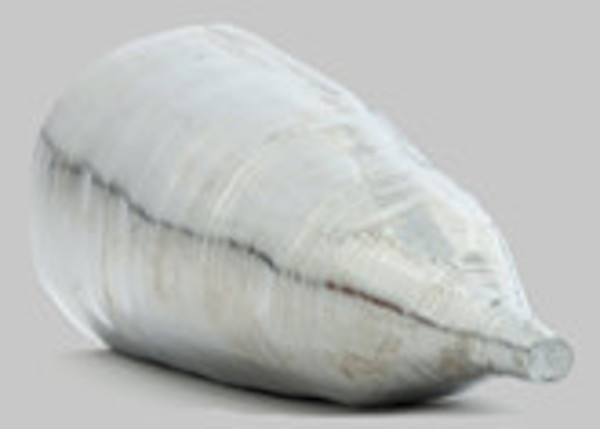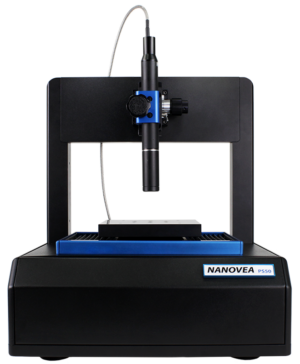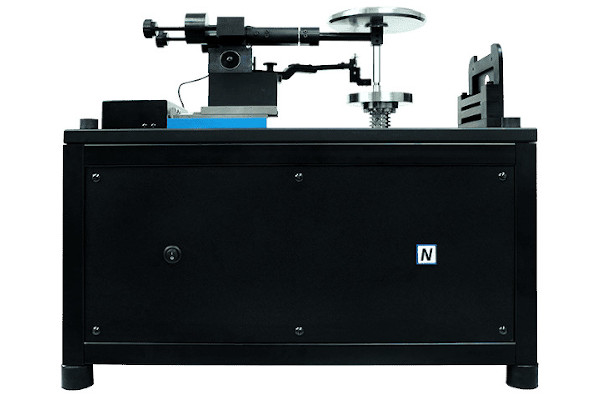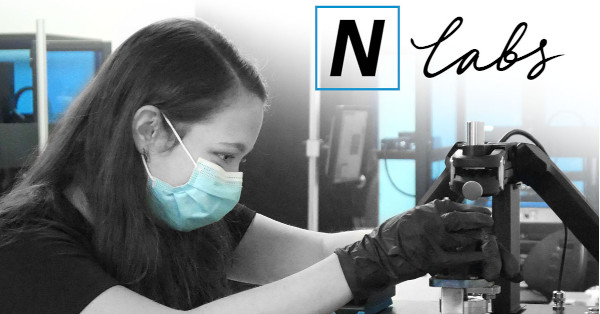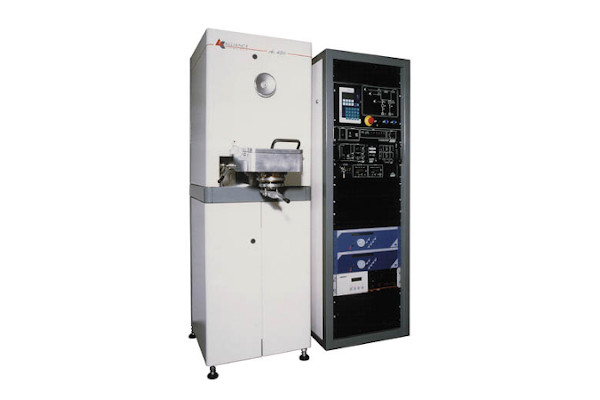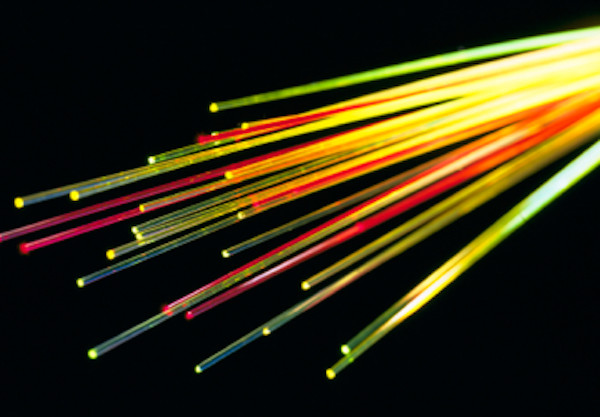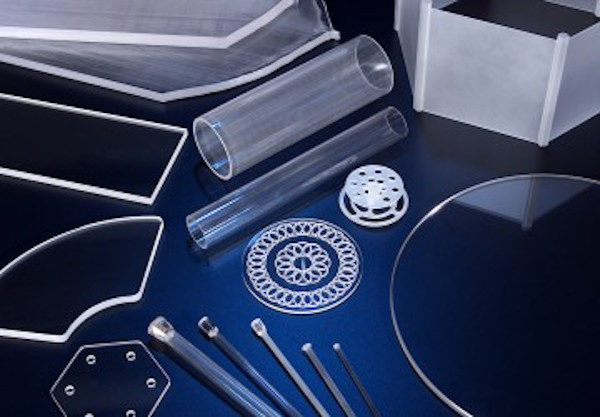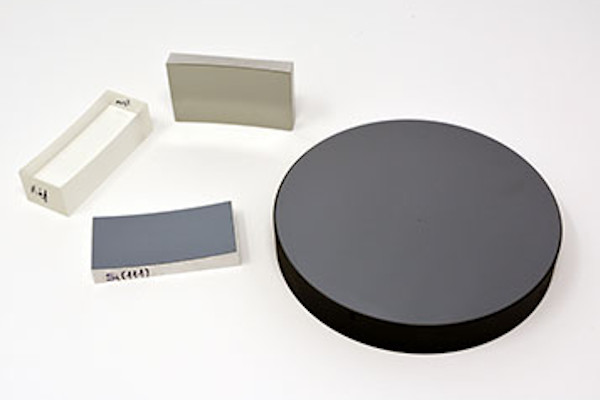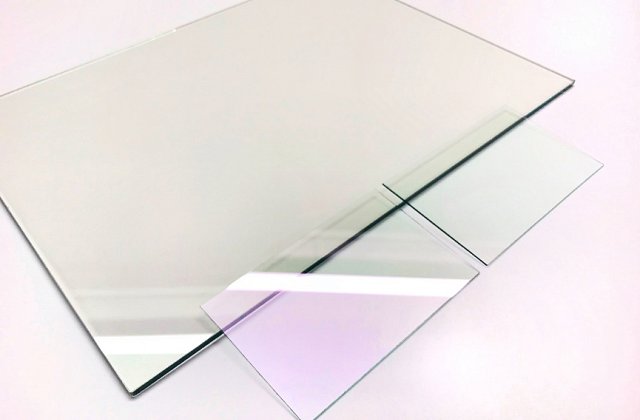The DENKweit B-Lab tool for measuring strength and direction of electrical currents is used extensively in markets such as PV and battery for non-destructive research and quality control. The technology is also very useful in other applications where characterisation of the electrical current will provide important information about a sample.
Recently DENKweit have started to use their technology to detect and analyse hidden and buried conductors. One excellent example is Carbon Concrete which is a synthetic and composite material similar to reinforced concrete. Carbon fibres in the form of bars are hidden within the bulk of the concrete and provide the same reinforcement as steel but using less material. The fact that the fibre is buried makes it difficult to check, but using the DENKweit B-Lab customers are able to view a 2D power map of their concrete samples and thus determine the quality and integrity of the carbon fibre rods within. The measurement data can be used to precisely determine the position and depth of the conductive fiber elements inside the carbon concrete. Buried wires can also be characterised using this method.
This new application for B-Lab is an exciting development and we are really interested to see what other applications we can work on with the tool going into the future.
For more information about B-Lab you can visit the produce pages here, or please contact us using the contact form at the bottom of this page.
The picture below shows the measurement of a carbon mesh as a prototype of a heating element in a concrete element. The aim here is a homogeneous current flow through all fibres. However, the measurement results show a different distribution of the electric current in the individual fibers. The data can now be used to infer the causes, such as contacting problems. This shows the clear power of this method to identify good or bad samples.






